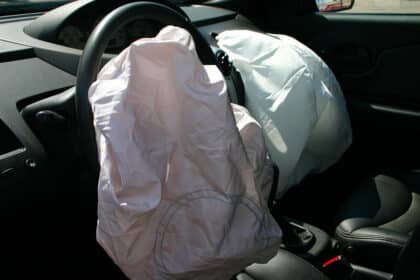
Built-in Booster Seats(Photo: lars plougmann)
For parents looking for car seat alternatives, there are a few new cars available with built-in booster seats.But are they really a good idea? Let’s look at the pros and cons of built-in booster seats.
Pros of Built-In Booster Seats:
- Built-in boosters offer the convenience of simply folding out a seat when needed, and then stowing it away.
- These are a great option if you find yourself without a car seat. Relatives, grandparents especially, can have a car seat readily available without the fuss of installation.
Cons of Built-In Booster Seats:
- Paramedics may prefer to remove the entire car seat to keep children stable in the event of an accident.
- Built-in boosters don’t provide the side-impact protection that many traditional booster seats include.
- There may be weight and height limitations that may limit your child’s use of the booster seat. They could outgrow it before reaching ten years of age.
- If the car breaks down and you need a ride, you’ll need a back-up car seat to fit into the car that comes to pick you up.
- Integrated seats do not have a rear-facing function.
- The straps may not fit snug on smaller children.

Integrated booster seats in a Volvo. (Photo: Volvo)
Cars that Offer Built-In Booster Seats:
Cars that offer integrated booster seats have declined in the past few years, as concerns arose with the safety of built-in seats vs. store bought seats.
- 2013 Dodge Journey
- Dodge Caravan and Grand Caravan models since 2007
- 2013 Volvo XC60
To use these seats, parents just need to pull a strap and the seat bottom slides up. The Volvo XC60’s seat is a two-stage seat that raises even higher for shorter children:
The News Wheel Guide to Car Seat Safety:
Sarah Mahan currently lives in the Bicycle Capital of the Midwest, Xenia, Ohio, with her band director husband and two darling daughters. She loves all things French and the written word.
Sarah writes professionally for the automotive industry. While her forte in cars focuses on new vehicle technology and family-friendly features, she is developing a love for all things fast, maybe in an attempt to get to know her wild side. See more articles by Sarah.









